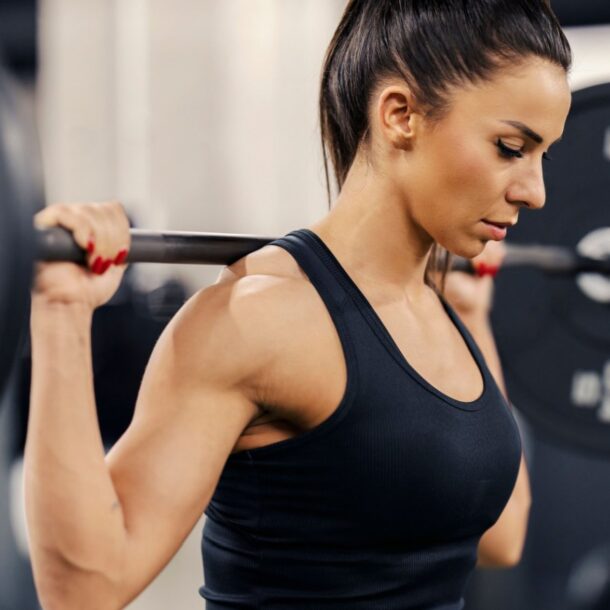
Jennifer Aniston Made This Workout Swap After Years of Hard Cardio ‘Pounded’ Her Body
For years, Jennifer Aniston felt like she had to do high-intensity cardio workouts in order to feel fit.
“It was like run, run, run, run, run, boxing, boxing, boxing, boxing,” the actor tells SELF. “I really just pounded my body.”
Then she learned about functional fitness, a type of exercise that prepares your body to better handle the movements required in everyday life. While that term may sound like a mouthful, it’s actually pretty simple: The backbone of this kind of training involves foundational exercises you’re probably already familiar with, like planks, squats, curtsy lunges, and glute bridges, and challenges you to perform them in multiple planes of motion—not just the forward and backward or up and down you’d do with weight machines at the gym.
The goal of this kind of exercise is to help you move more efficiently and do tasks like picking a box up off the floor, carrying a load of groceries into the house, or quickly pivoting to the side to hop onto a curb, without getting hurt. Basically, functional fitness helps you navigate your day-to-day life as easily and safely as possible.
Aniston was nursing a back injury in 2021 when she tried functional fitness for the first time: At the recommendation of a friend, she tested out Pvolve—a company that uses this type of training as the basis of their programming—and was hooked. Now an official partner of the brand, Aniston says the concept of functional fitness “sort of just changed my whole outlook” on what it means to work out.
The classes Aniston focused on used tools like resistance bands and sliders to increase the difficulty of bodyweight moves. The exercises incorporate all ranges of motion, including front-to-back (standing soccer kicks), side-to-side (alternating side lunges), and rotational (stepbacks with rotation), with the goal of building well-rounded strength, stability, and mobility. After a workout now, she says, the physical sensation she’s left with is “strength and not fatigue.”
Form and careful movement are key to these types of exercises, and the intense focus it requires helps Aniston feel energized, she says. She contrasts that with workouts like treadmill runs where you can mindlessly go through the motions without fully engaging your brain.
Prior to starting a functional fitness routine, Aniston frequently battled injuries, she says. But now, she “feels strong” and her body “doesn’t hurt like it used to.”
Even though functional fitness is low-impact, though, it doesn’t mean you should do it every day. And that’s something Aniston has taken to heart—and probably something else that plays a role in her body feeling better than it had previously. Working out five, six, or seven days a week, she says, isn’t necessary. Currently, Aniston exercises two to four times a week—she also sprinkles in some gentler Pilates sessions with her other training—and regularly takes rest days. The oft recited fitness mantra of “no pain, no gain,” she says, is “bullshit.”
Having a consistent functional fitness routine—and a just-as-regular time for rest—is just one piece of Aniston’s wellness practice. She also prioritizes her health by staying hydrated, trying to get good sleep (something she admits struggles with, but is “really working on”), and being intentional about who she spends her time with. “All of that,” she says, “is important.”
Related:
Related Articles
2023 Risesoarness @ All Rights Reserved


